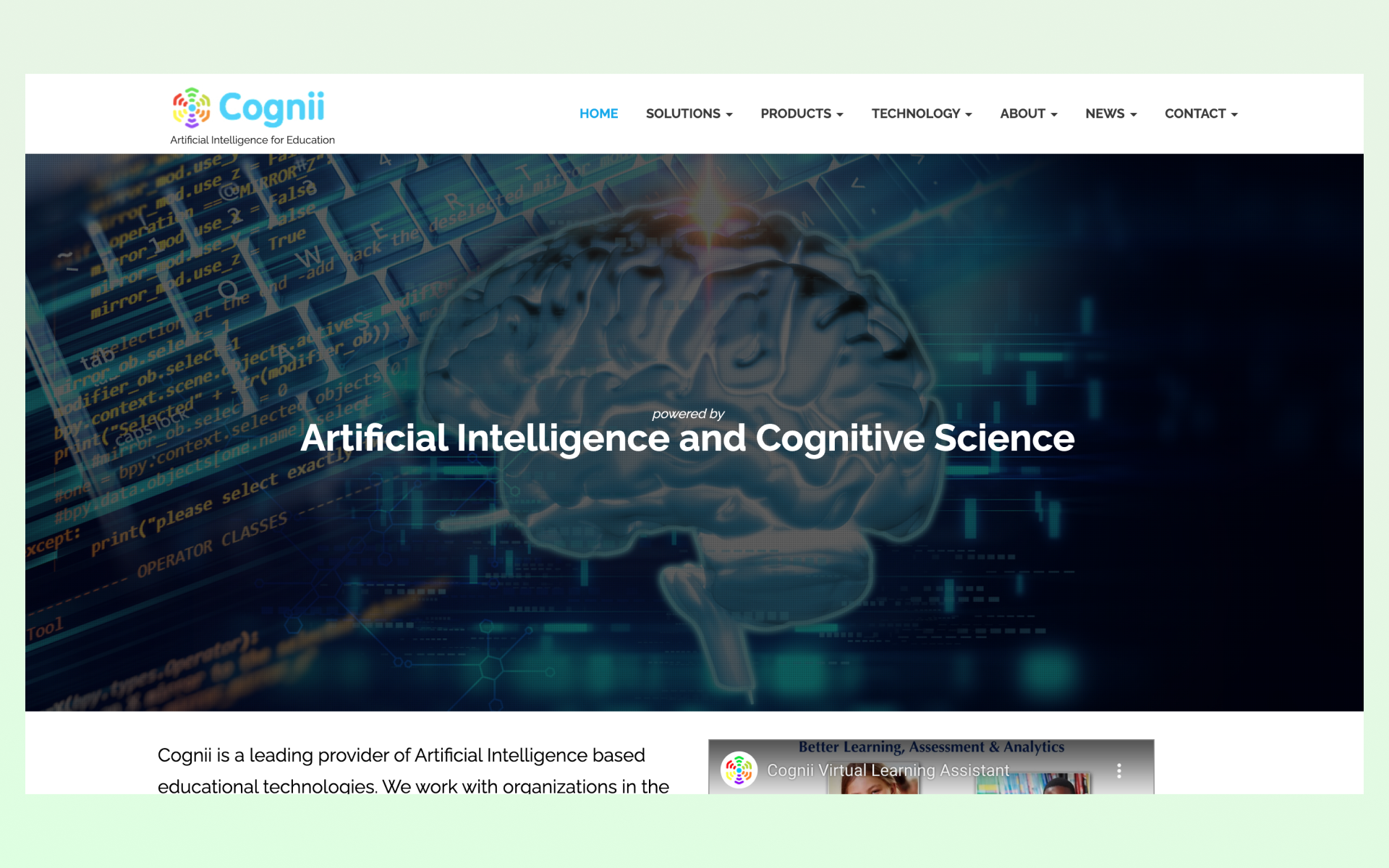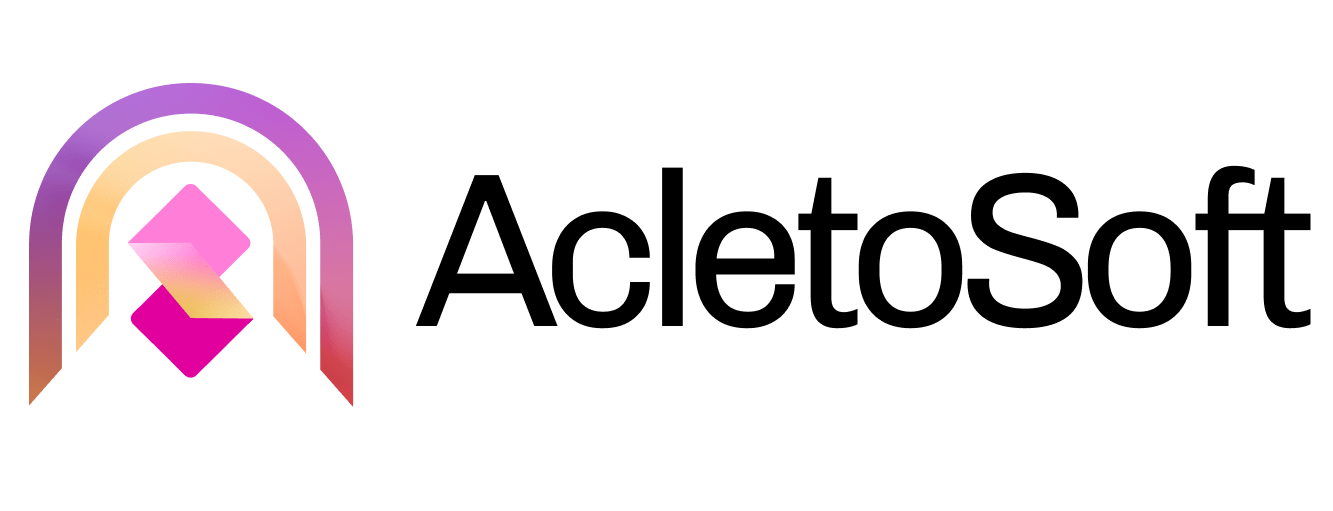Top 10 AI In Education Companies And How It Will Impact Student Learning
Artificial intelligence (AI) is revolutionizing several industries, including education. Artificial intelligence in education has the potential to transform the way we teach and how students learn together, making education more efficient, customized, and accessible.
As AI technology progresses, schools, school districts and instructors will be able to close learning gaps and give chances to all students, regardless of background or learning style.
Intelligent tutoring systems, customized learning, natural language processing, and vision-based AI are just a few of the uses of AI in education. Teachers may use AI-powered robots to adapt the curriculum to match the needs of individual pupils. Natural language processing can aid with evaluating written essays and testing reading ability.
Furthermore, AI can help break down boundaries between schools and traditional grade levels, allowing all children to participate in global classrooms.
One of the most significant advantages of artificial intelligence in education is its capacity to tailor instruction. For years, educators have struggled to adapt learning to match the requirements of individual children.
Nonetheless, AI will give a degree of unattainable differentiation for teachers who must manage many kids in each lesson. Intelligent instruction design and digital platforms that leverage AI to give learning, assessment, and feedback to students from pre-K to college are being developed.
As AI progresses, a computer may be able to read the expression on a student’s face that indicates they are attempting to comprehend a particular subject and modify a lesson to adapt to that. Customizing curriculum to match the needs of each student is now not possible, but it will be for AI-powered robots.
AI may also automate administrative work, giving teachers more time to interact with each student. AI offers enormous promise for improving the efficiency of enrollment and admissions operations. Furthermore, AI may give teaching and support outside the classroom, allowing students to get aid when needed.
Despite the benefits of artificial intelligence in education, there remain worries about its possible biases. In particular, AI’s natural language processing skills might lead to biases in assessing written essays. In contrast, vision-based AI could lead to biases in grading students’ work utilizing optical technologies. As a result, addressing these concerns is critical to ensuring that AI is used efficiently and fairly in education.
In this essay, we will look at the influence of artificial intelligence on education, including its applications, advantages, risks and problems. We will also look at the top ten AI education businesses, how they utilize AI to improve education, and their potential effect on society and the future of learning.
Let’s look at all these aspects in this blog.
What is AI in Education
At its most fundamental, artificial intelligence (AI) employs computers and robots with artificial intelligence to replicate human perception, decision-making, and other processes to perform a task. In other words, AI is when robots with artificial intelligence participate in high-level pattern matching while also learning.
There are several approaches to comprehending the nature of AI. AI evaluation in practice may be divided into rules-based AI and machine learning-based AI.
The former employs decision-making rules to generate a suggestion or a solution. In this sense, it is the most fundamental form.
An intelligent teaching system (ITS) is one example of this educational technology, which may give students granular and customized feedback.4
Machine learning-based AI is more powerful since computers can learn and improve over time, especially when dealing with big, complex datasets.
Machine learning-based AI technologies in education may be used for several activities, such as monitoring student behavior and developing models that effectively anticipate student outcomes.
While machine learning-based AI is still in its early stages, it has already demonstrated amazing outcomes for challenging tasks not restricted by rules, such as assessing students’ written replies or analyzing big, complex datasets.
Other significant contrasts exist within AI, primarily dependent on technical application cases.
Natural language processing, or using machines to interpret text, is one subfield. Natural language processing is used in technology, such as automated essay scoring, to grade written essays.
Recommenders and other prediction systems that use data-driven forecasting are also significant in AI. Netflix, for example, presently utilizes an AI-based recommender system to recommend new films to its viewers.
Vision-based AI is another major topic that can aid in evaluation. Several evaluation organizations have graded students’ work using optical technologies.
Instead of a teacher grading a math equation written by a student, the instructor can take a photograph of the equation and have a machine grade it.
Finally, there are speech recognition AI systems. These algorithms serve as the foundation for products like Siri and Alexa. Researchers have been looking into methods to employ voice-based AI systems to assess reading and other academic challenges.
Despite the creativity that AI fosters in evaluation, bias issues may prevent some of these concepts from seeing the light of day. These concerns will be addressed in this issue brief.
AI and Teachers Collaboration
AI has previously been used in education, particularly in skill development tools and testing systems.
As AI educational solutions improve, the aim is that AI will be able to cover gaps in learning and teaching, allowing schools and instructors to do more than ever before.
AI may increase efficiency and personalization and reduce administrative processes, giving instructors more time and freedom to give understanding and adaptability—human characteristics that robots lack.
By combining the finest qualities of machines and instructors, the objective of AI in the education system is for them to collaborate to achieve the best results for children.
Because today’s students will need to work in creating a world where AI is a reality, our educational institutions must expose them to and apply the technology.
Personalized Learning
Adapting learning to meet the requirements of individual students has been a concern in research and practice for educators for years.
Still, AI will provide a level of differentiation that is unfeasible for teachers who must handle 30 kids in each class.
Several companies, including Content Technologies and Carnegie Learning, are currently interested in developing intelligent instruction design and digital platforms that use AI to provide learning, testing, and feedback to students from pre-K to college level, identifying gaps in course knowledge and redirecting to new topics when appropriate.
As AI advances, it is possible for a machine to scan the expression on a student’s face that suggests they are trying to understand a subject and alter a lesson to respond to that.
Customizing curricula to meet the requirements of each student is not feasible now, but it will be for AI-powered robots.
Universal Access to Every Student
Artificial intelligence techniques can assist in making global classrooms accessible to all students, including those who speak different languages or have visual or hearing impairments.
Presentation Translator is a free PowerPoint plug-in that generates real-time subtitles for the teacher’s words.
This also provides opportunities for kids who cannot attend school due to illness, require learning at a different level, or on a subject not accessible at their current school.
AI can assist adult learning by breaking down barriers between schools and traditional grade levels.
Automate Administrative Tasks
An educator devotes significant time to creating and grading homework and assessments. AI can quickly do these jobs while providing advice on bridging learning gaps.
Although robots can currently score multiple-choice examinations, they are also getting close to assessing written replies.
As AI automates administrative and research work for faculty, instructors have more time to spend with each pupil. AI has much potential for making enrollment and admissions procedures more efficient.
Tutoring and Assistance Outside of the Classroom
Any parent who has battled to help their adolescent with mathematics will, of course, be ecstatic about the possibility of AI assisting their children when they are suffering at home with homework or exam preparations.
Tutoring and studying programs are getting more advanced as a result of artificial intelligence, and they will soon be more accessible and capable of responding to a variety of learning methods.
Additional educational AI applications, such as AI mentors for learners, smart content production, and a new form of personal growth for instructors through virtual worldwide conferences, are being developed.
Education may be slower to integrate artificial intelligence and machine learning, but changes are underway and will continue.
Top 10 Companies in AI Education
1. AGE OF LEARNING
Age of Learning teaches pre-K to 2nd-grade pupils maths, reading, and other core literacy skills.
The company’s applications may generate compelling and individualized learning routes based on students’ talents using AI-driven interactive entertainment.
Age of Learning offers classroom mathematics, computer science, reading curriculums, and at-home learning possibilities.
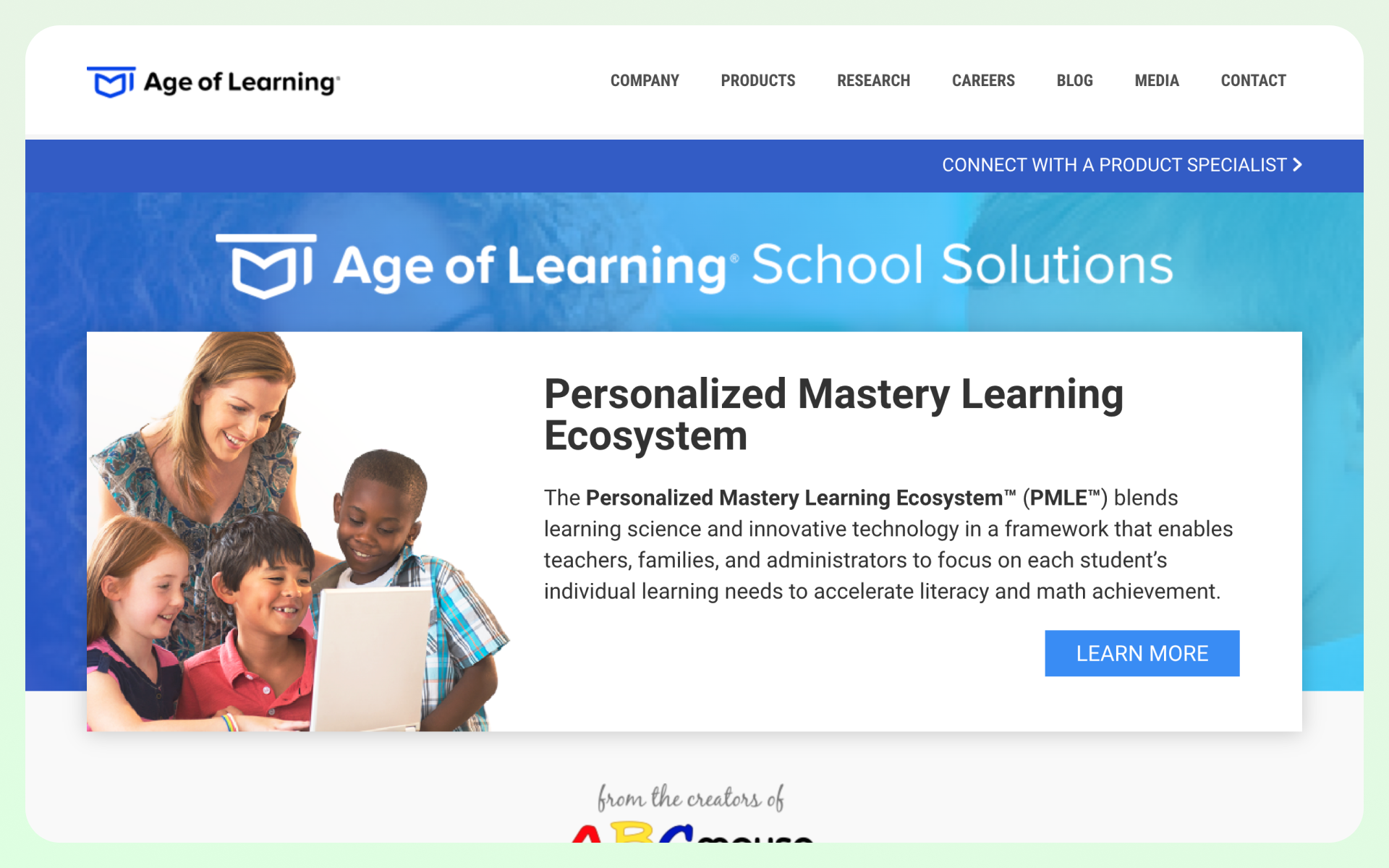
2. DUOLINGO
Duolingo’s language-learning software includes listening, reading, and speaking activities in over 40 worldwide languages.
Lessons are scheduled and tiered for each student based on their performance using AI. Duolingo has a classroom version for schools and a Duolingo Math, a mathematics teaching app.
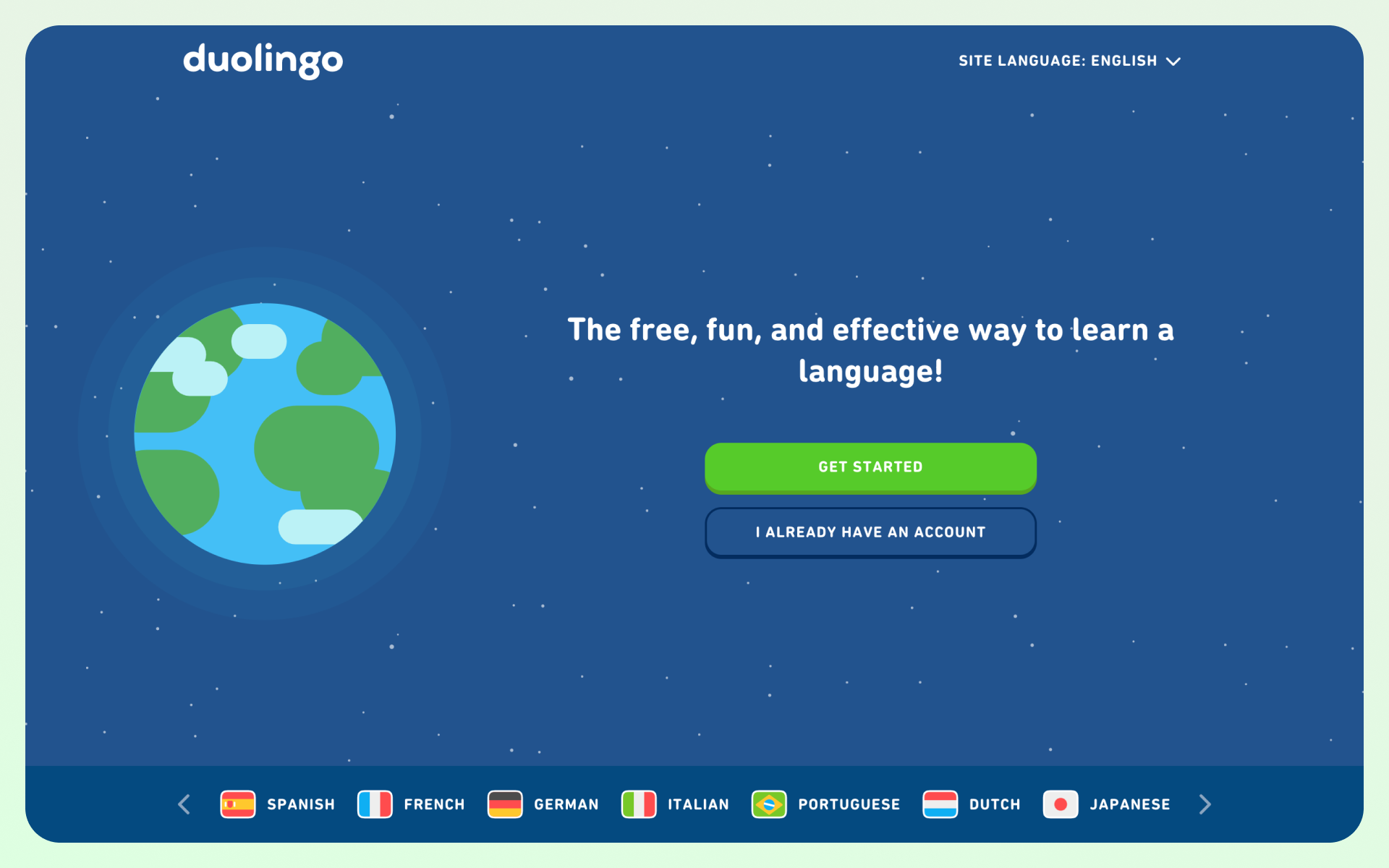
3. NUANCE
Students and instructors utilize Nuance voice recognition software to transcribe up to 160 words per minute. Students who struggle with writing or have restricted mobility will benefit the most from this new technology.
It also improves spelling and word recognition. The program is used by instructors to dictate lectures for later use or to speed up repetitious operations such as document and email generation.
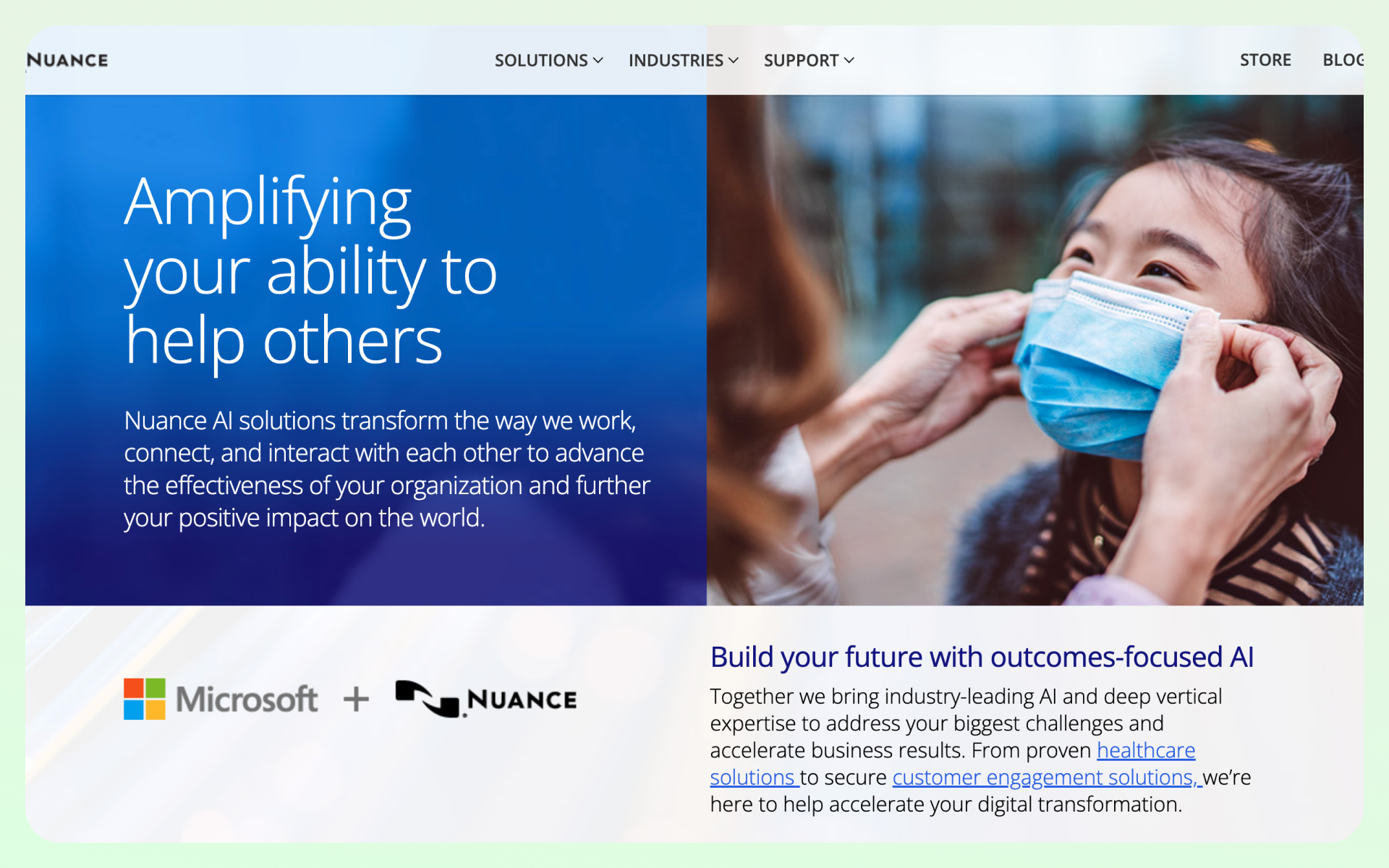
4. AMIRA LEARNING
Amira Learning is a virtual tool designed to replace teachers and help young students improve their reading comprehension.
Amira uses AI technology to have children read stories aloud so that she can measure oral reading fluency and identify areas for growth. Amira also offers services such as student progress reports and dyslexia risk assessments to teachers and parents.
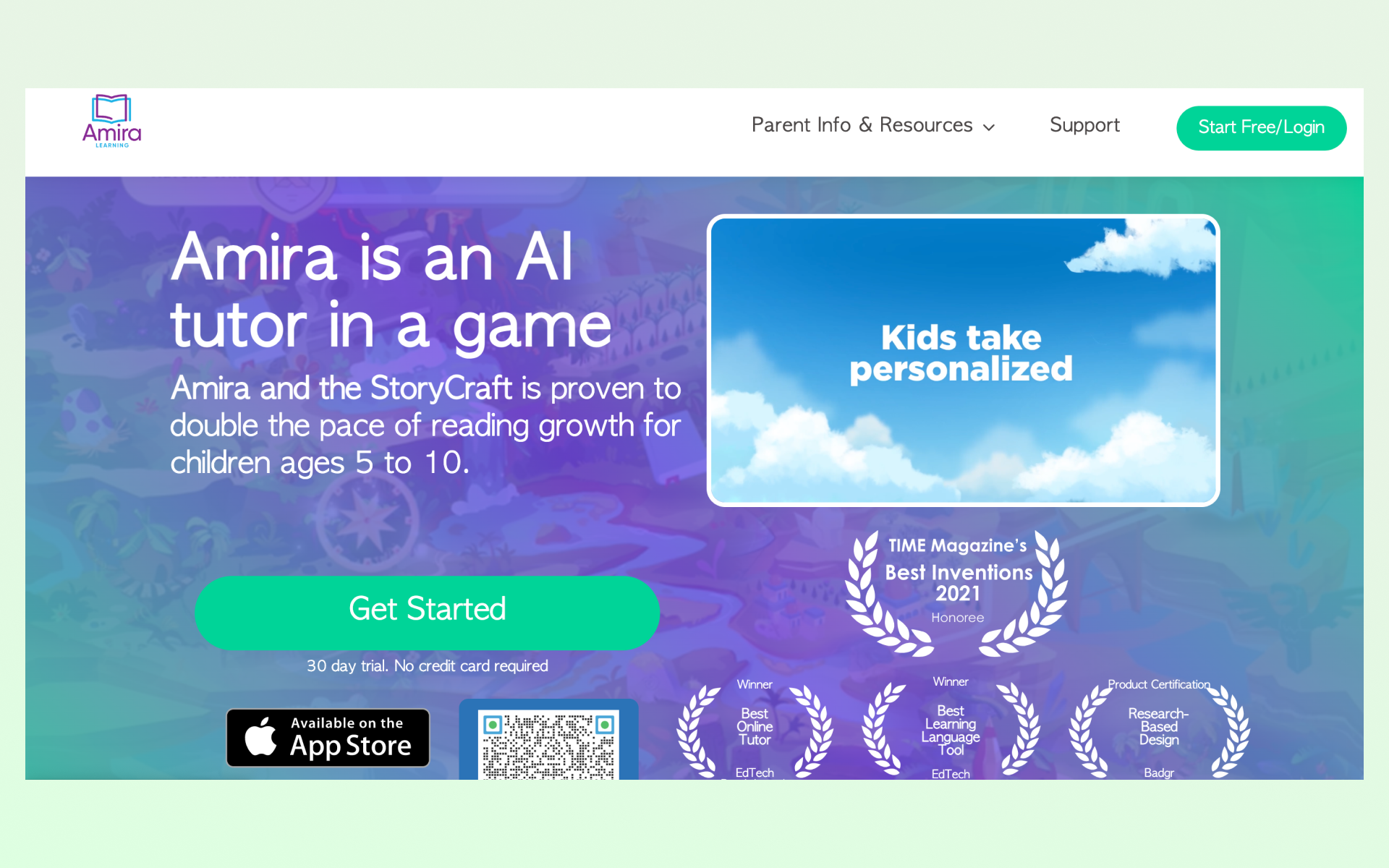
5. CARNEGIE LEARNING
Carnegie Learning employs emerging technologies of artificial intelligence and machine learning to assist students in developing a stronger conceptual knowledge of mathematics, English literacy, and global languages.
Responsive AI is used in the company’s platforms for high school and college-level students to study a student’s habits and tailor the learning experience to help them completely comprehend educational subjects.
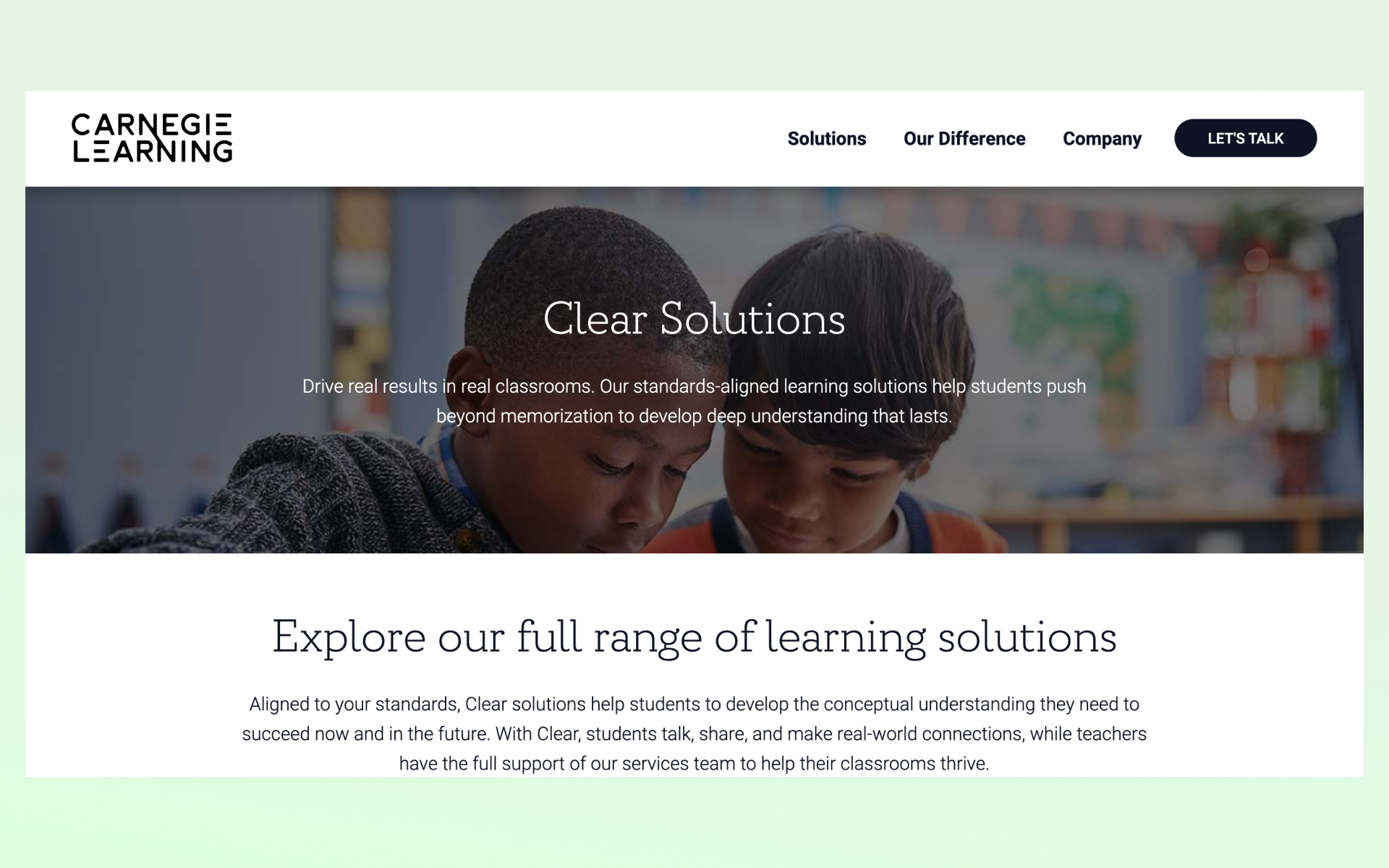
6. CENTURY TECH
Century Tech’s technology uses cognitive neuroscience and big data analytics to generate individualized learning strategies and minimize teacher workloads.
The AI platform monitors student progress, finds knowledge gaps, and provides personalized study suggestions and feedback. Century also provides instructors with materials and cuts down on time spent preparing, grading, and organizing homework.
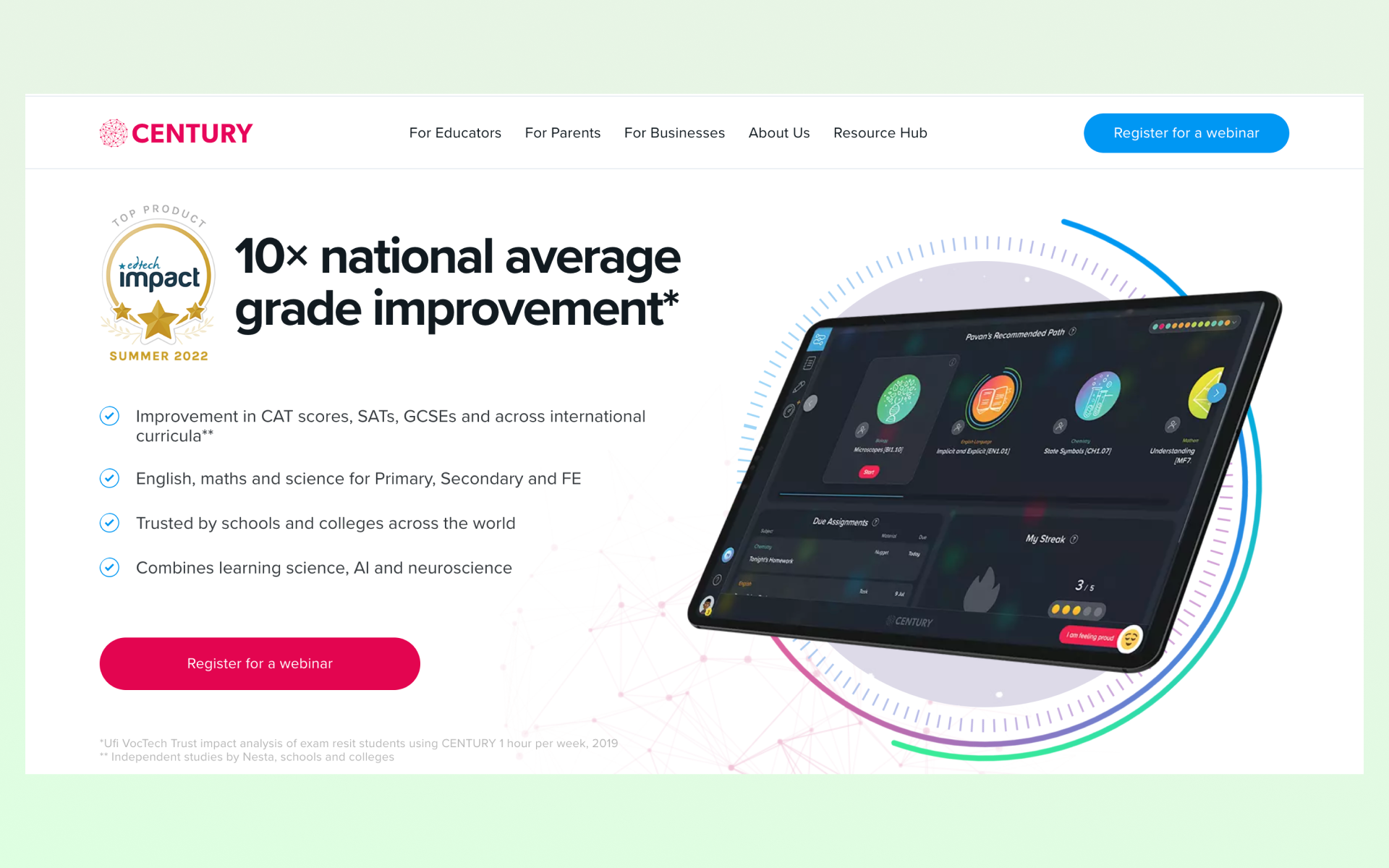
7. KIDAPTIVE
The Adaptive Learning Platform (ALP) from Kidaptive comprises AI algorithms that assist educational institutions in collecting data and increasing learner engagement.
The ALP platform uses AI to present and challenge students depending on their identified skills and limitations. The platform can also forecast future academic achievement based on underlying patterns and linkages.
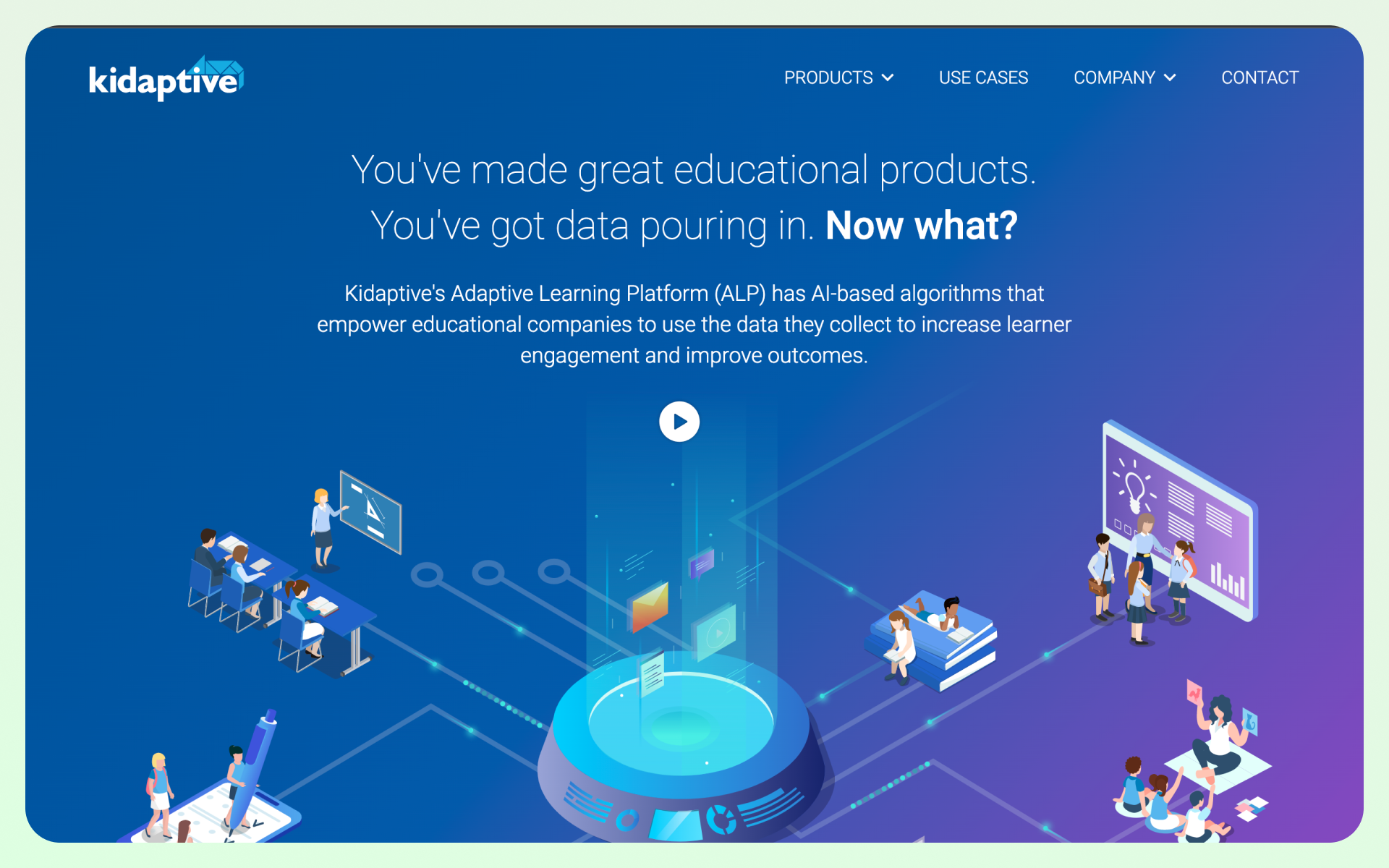
8. QUIZLET
Quizlet is a website where you may get study and learning aids. Quizlet Learn, a smart study resource that delivers adaptable programs and helps take the guessing out of what to study, debuted in 2017.
The platform shows students the most relevant study material based on machine learning and data from millions of study sessions.
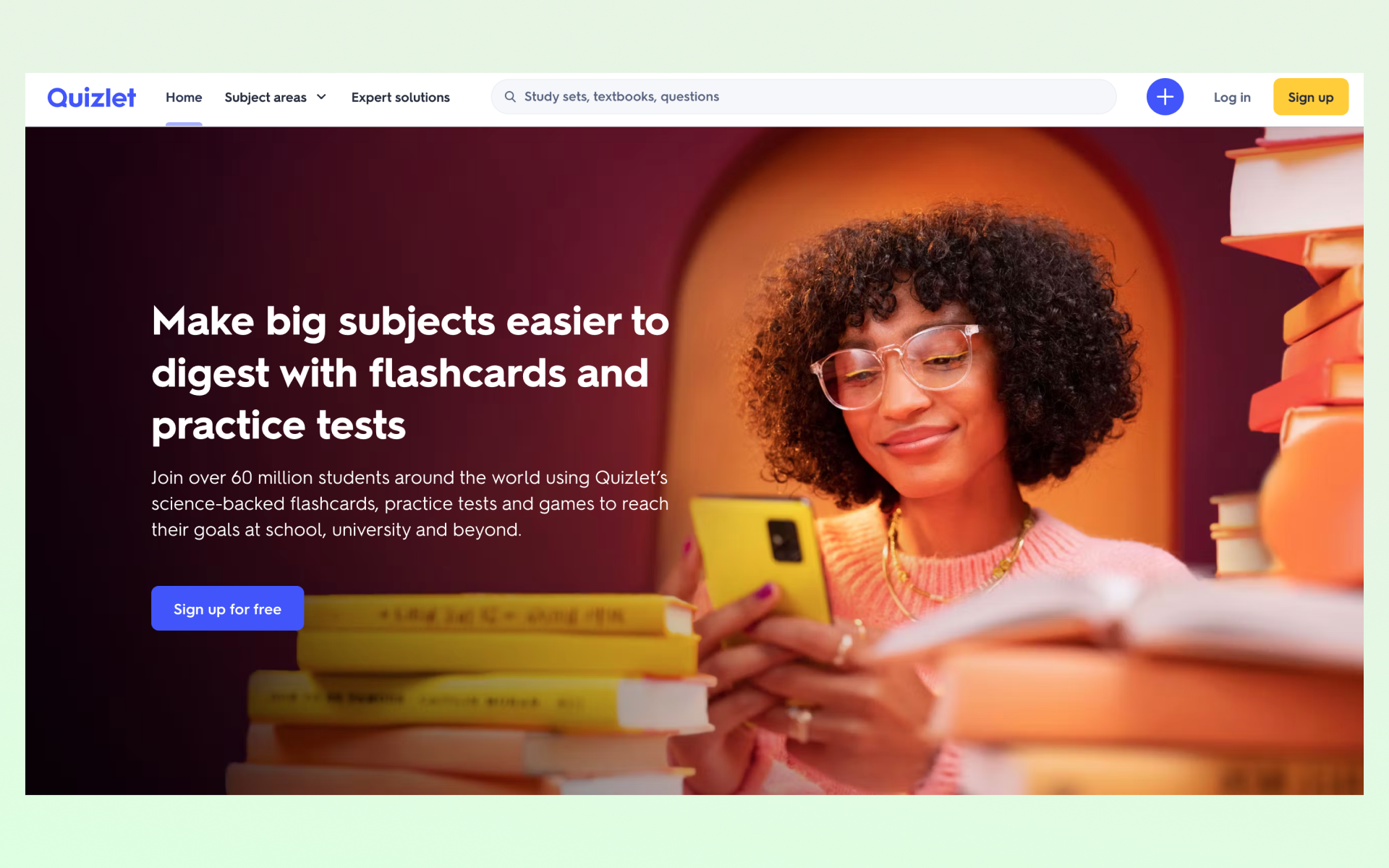
9. RIIID LABS
Riiid Labs, a Riiid company, develops AI-based learning and evaluation solutions for current apps or as its platform for new technologies.
Machine learning characteristics of the emerging technology could assist teachers in tracking student performance and engagement, automating assignment scoring, and personalizing curricular demands for each student.

10. COGNII
Cognii develops artificial intelligence (AI)-based products for K-12 and higher education institutions and corporate training companies. Its virtual learning assistant guides students in open-format replies that strengthen critical-thinking abilities via conversational technologies.
The assistant professor also gives real-time feedback and one-on-one teaching and is tailored to the requirements of each student.
